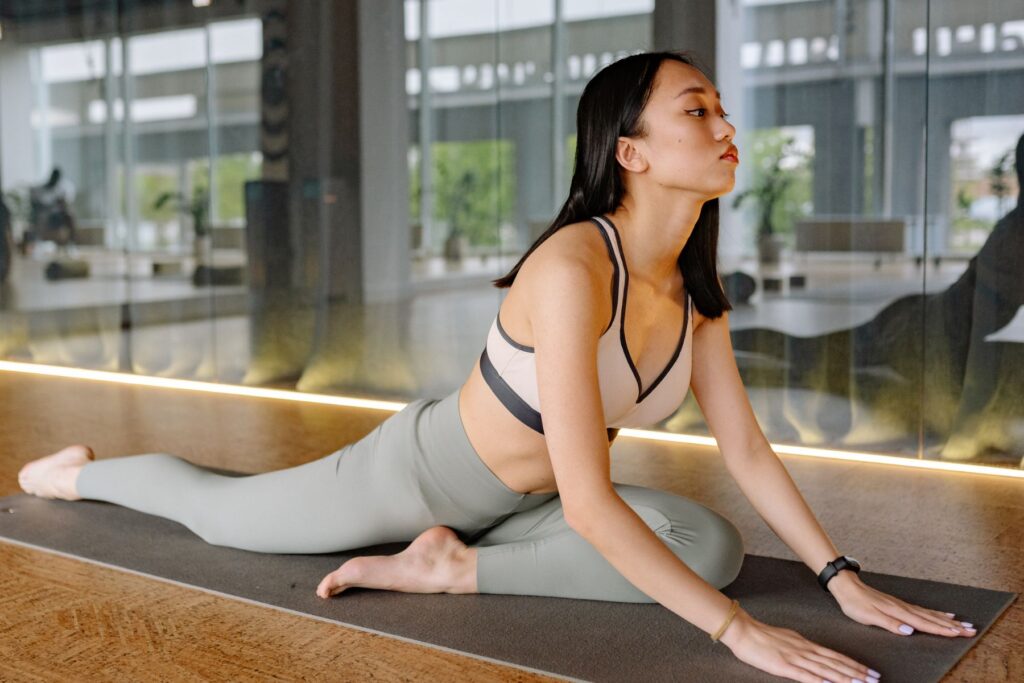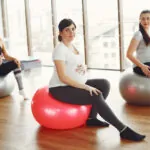When we talk about mobility, it’s easy to overlook the importance of the hips. However, hip mobility is crucial for overall movement, stability, and balance. Whether you’re an athlete aiming to improve performance or someone simply trying to maintain a healthy lifestyle, hip mobility plays a vital role.
Think about it—your hips are involved in almost every movement you make. From walking and sitting to running and dancing, your hips are the foundation that supports it all. When your hips are tight or lack mobility, it can lead to a chain reaction of discomfort, poor posture, and even injury. This is why focusing on hip mobility isn’t just for dancers or athletes; it’s for everyone who wants to move with ease and live without pain.
Poor hip mobility can also affect other areas of your body. When your hips are tight, your lower back, knees, and even ankles might try to compensate, leading to strain and potential injury in these areas. Essentially, if your hips aren’t moving well, your entire body isn’t moving well.
Understanding the basics of hip anatomy
Before diving into exercises, it’s important to understand the basic anatomy of the hips. The hip joint is a ball-and-socket joint, which means it allows for a wide range of motion in multiple directions. The ball is the head of your femur (thigh bone), and the socket is part of your pelvis.
Surrounding this joint are muscles, tendons, and ligaments that work together to support and move your hips. The primary muscles involved in hip mobility include the hip flexors, glutes, adductors, and abductors. Each of these muscle groups plays a different role in allowing your hips to move forward, backward, and side-to-side.
For instance, the hip flexors are the muscles that help you lift your leg toward your body. If these muscles are tight, they can pull on the lower back and contribute to discomfort. On the other hand, your glutes (or butt muscles) are responsible for extending your hips and supporting your pelvis. Weak glutes can lead to poor posture and instability.
Essential beginner hip mobility exercises
Now that you understand why hip mobility matters and have a basic grasp of hip anatomy, it’s time to get moving! Below are some essential beginner exercises that will help unlock your hips and improve your range of motion.
Hip circles
Hip circles are a simple yet effective way to warm up your hip joints and improve mobility.
How to do it:
- Stand with your feet shoulder-width apart.
- Place your hands on your hips.
- Start by making small circles with your hips, gradually increasing the size of the circles.
- Do 10 circles in one direction, then switch to the other direction.
Figure-4 stretch
This stretch targets the hip flexors and glutes, helping to release tension and improve flexibility.
How to do it:
- Lie on your back with your knees bent.
- Cross your right ankle over your left knee, forming a figure-4 shape.
- Gently pull your left thigh toward your chest, feeling the stretch in your right hip.
- Hold for 20-30 seconds, then switch sides.
Hip flexor stretch
The hip flexor stretch is essential for counteracting the effects of sitting for long periods.
How to do it:
- Kneel on one knee with the other foot in front, forming a 90-degree angle with both legs.
- Push your hips forward, feeling the stretch in the front of your hip and thigh.
- Hold for 20-30 seconds, then switch sides.
Butterfly stretch
This classic stretch targets the inner thighs and hips, improving overall flexibility.
How to do it:
- Sit on the floor with your feet together and knees bent out to the sides.
- Hold your feet with your hands and gently press your knees toward the floor.
- Hold the stretch for 20-30 seconds, breathing deeply throughout.
90/90 stretch
The 90/90 stretch is great for improving external and internal rotation of the hips.
How to do it:
- Sit on the floor with your right leg in front of you, bent at a 90-degree angle.
- Position your left leg behind you, also bent at a 90-degree angle.
- Keep your chest upright and lean slightly forward over your front leg.
- Hold for 20-30 seconds, then switch sides.
While hip mobility is crucial for lower body function, don’t forget to also focus on beginner knee mobility exercises for better movement to ensure complete joint health and flexibility
The key to success with any exercise routine is consistency. Start by dedicating just 5-10 minutes a day to your hip mobility exercises. You don’t need to do all the exercises every day—choose a couple of stretches or movements and focus on those. As you become more comfortable, you can gradually add more exercises or increase the time spent on each one. For more expert fitness tips, follow our blog.
Final thoughts
Unlocking your hips is more than just a fitness goal; it’s an essential part of maintaining overall health and well-being. Whether you’re looking to improve your athletic performance, reduce pain, or simply move more freely, focusing on hip mobility is a step in the right direction.
By understanding the importance of hip mobility, getting familiar with basic hip anatomy, and incorporating targeted exercises into your routine, you’ll be well on your way to more flexible, pain-free hips. Remember, it’s not about doing everything at once—it’s about making small, consistent efforts that lead to lasting change.





